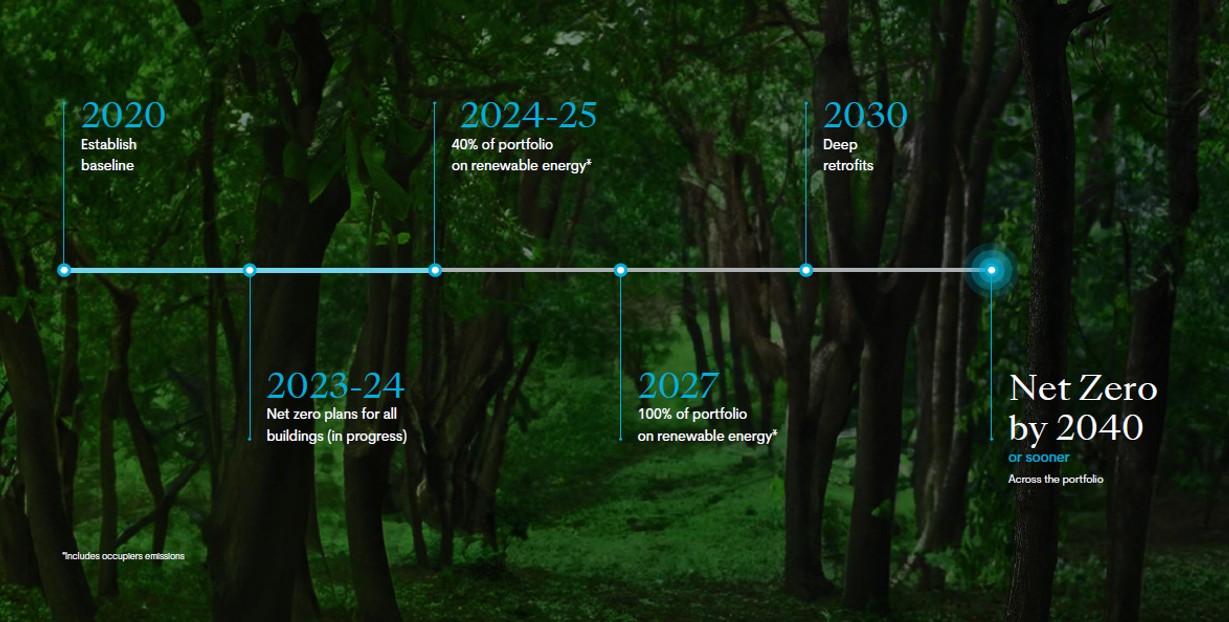We remain committed to achieving ambitious goals through innovations, stakeholders collaborations and best practices. Our focus continues to be on minimizing the impact of our operations on climate change.
We also conduct ESG due diligence and environmental screening of our assets before acquisition to minimize potential climate-related risks. Furthermore, we have adopted the recommendations of the Task Force on Climate-related Financial Disclosures (TCFD) to guide our efforts in identifying, assessing and managing our climate-related risks and opportunities.










